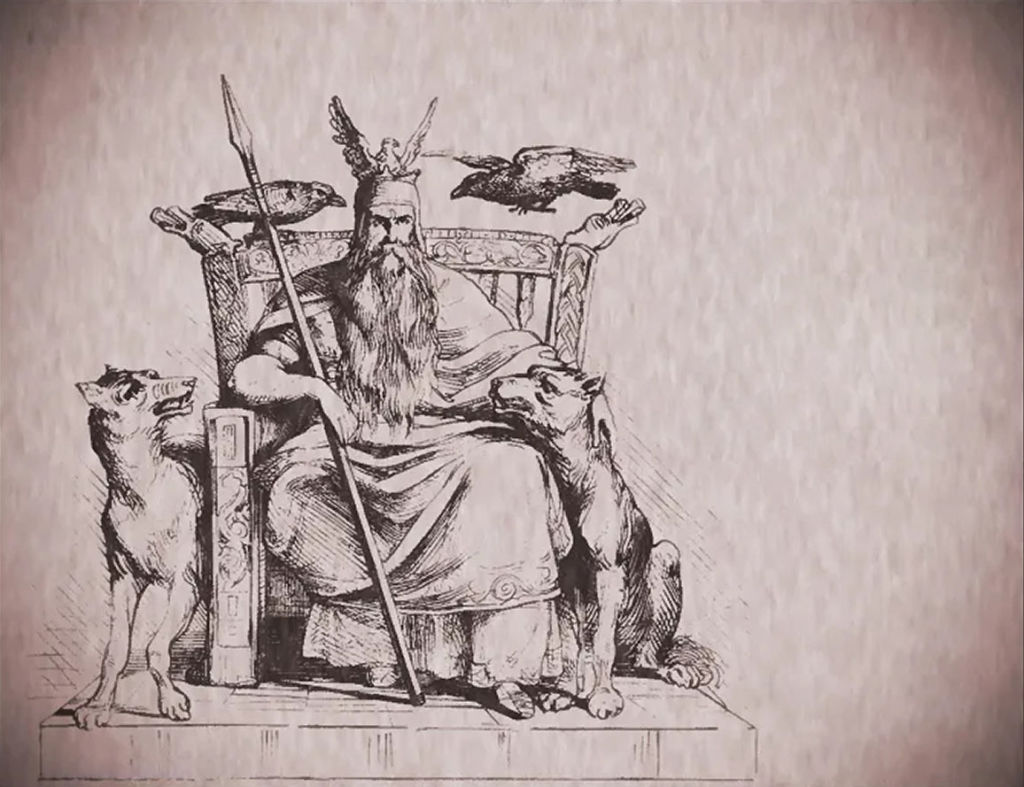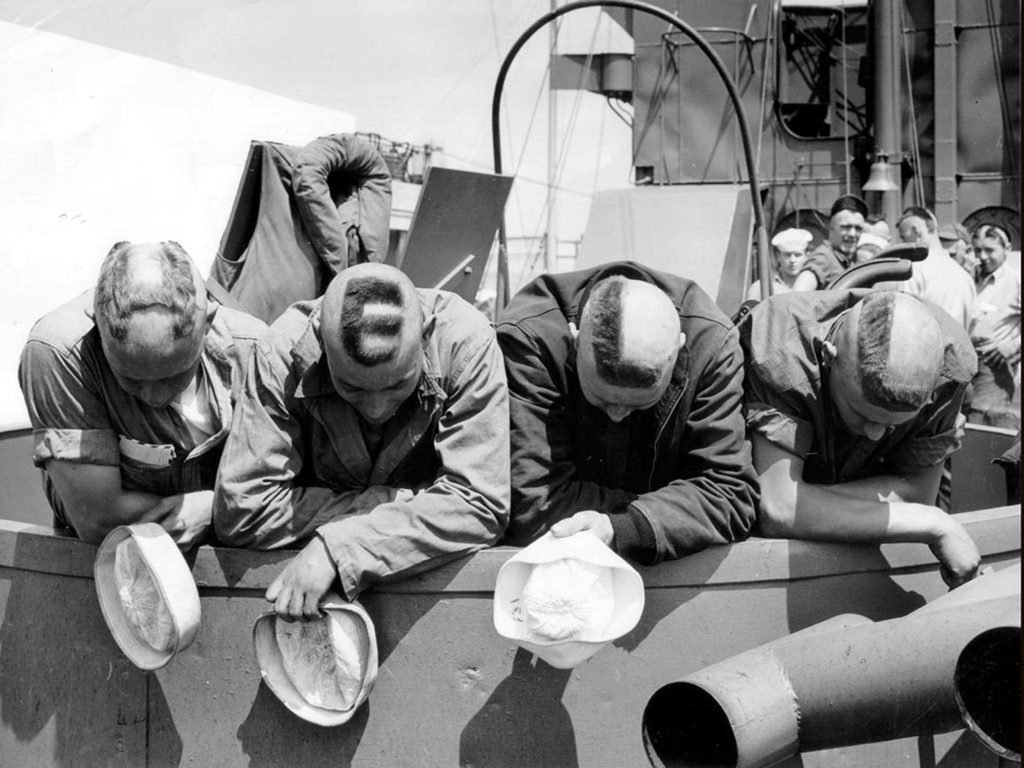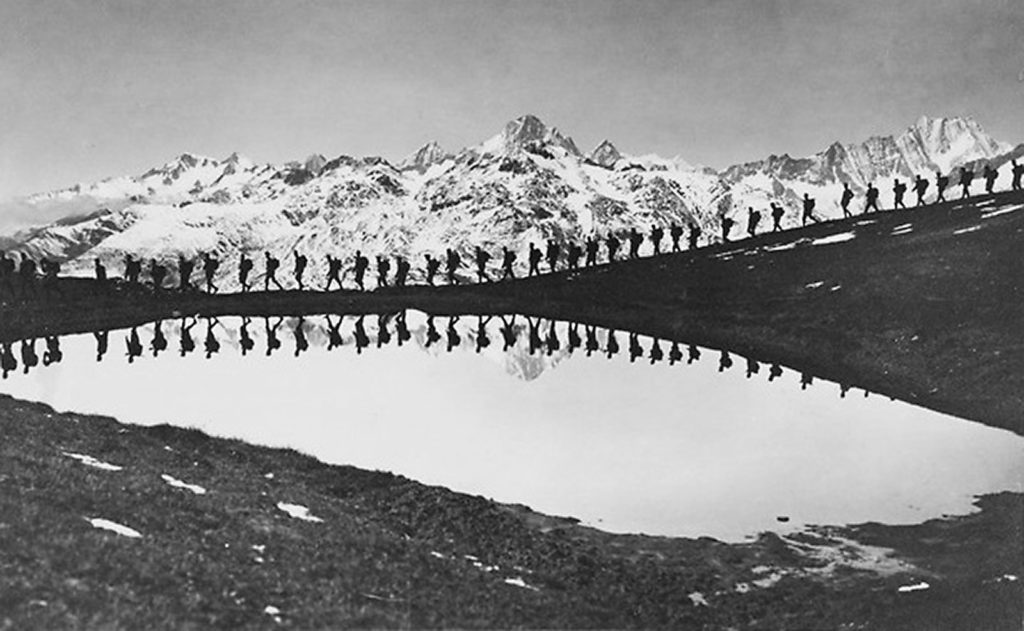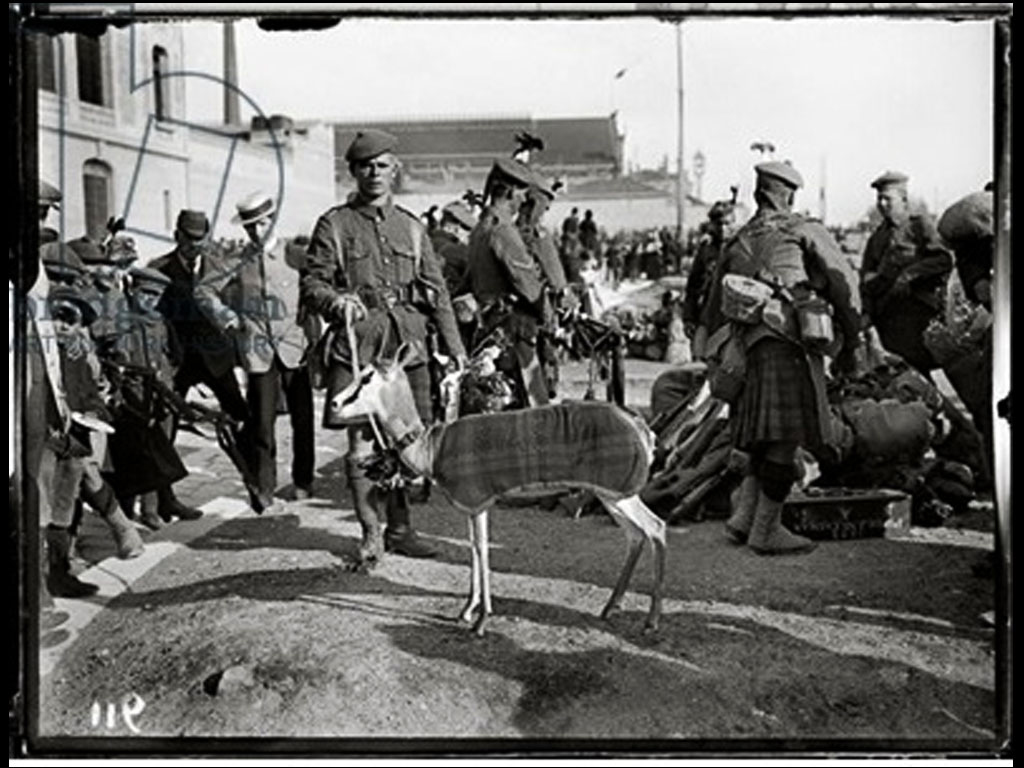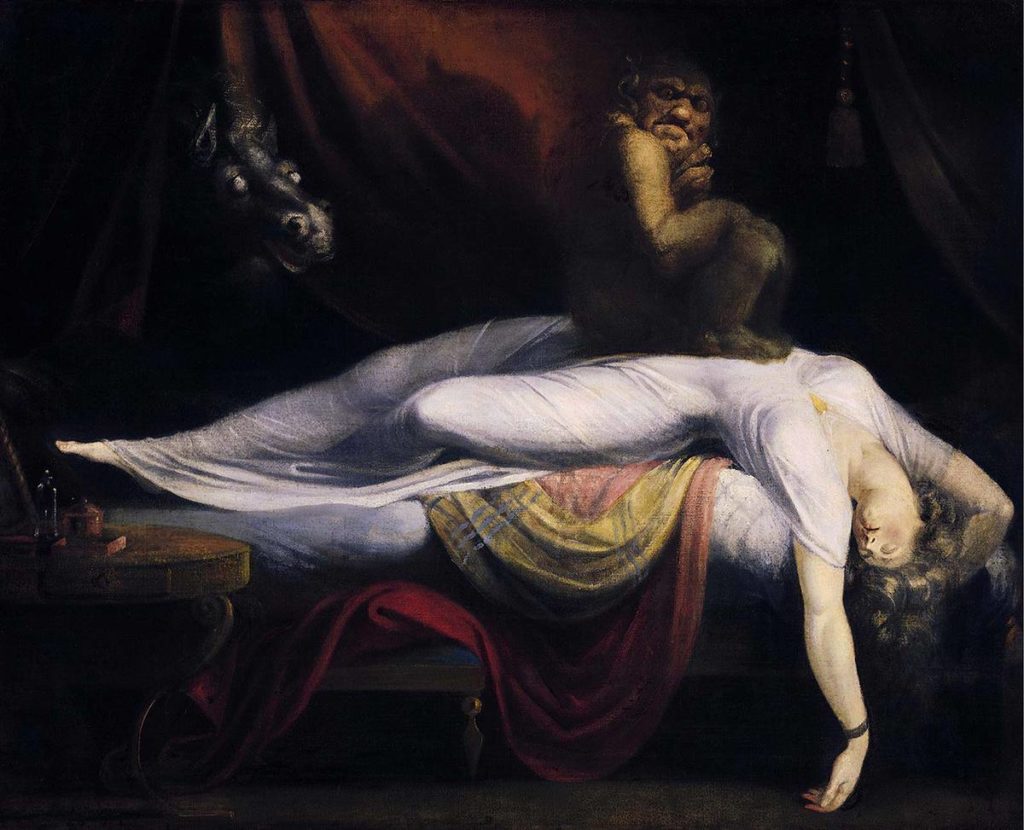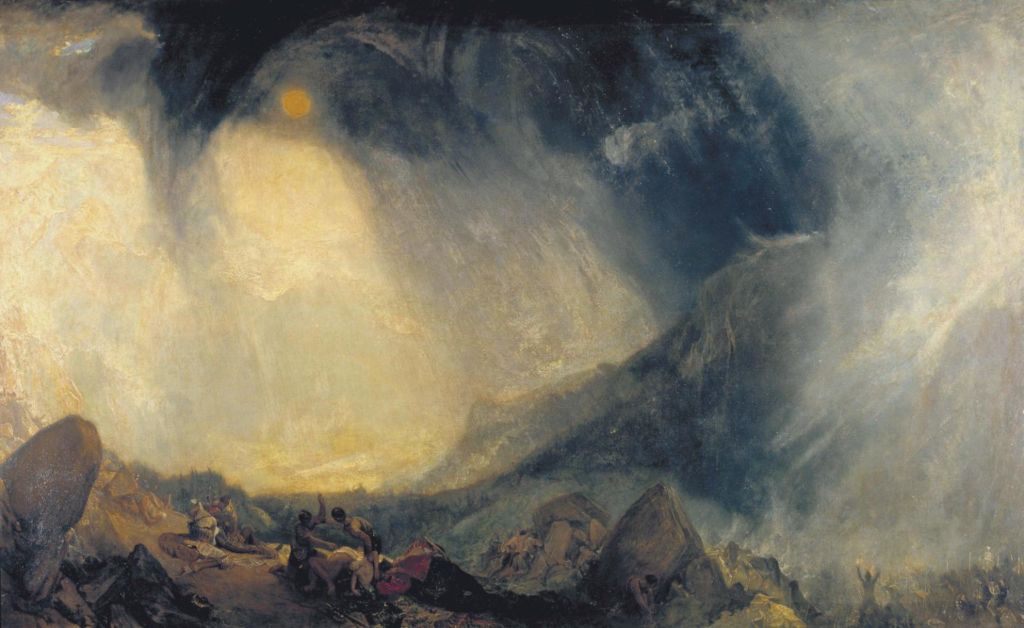“Dresses are wed to a vision of the world”, writes historian Georges Vigarello in his book La Robe. Une histoire culturelle, Du Moyen Age à aujourd’hui (Seuil, 2018). From the corset to the mini-skirt by way of trousers, the evolution of feminine fashion throughout History illustrates the evolution in women’s rights: as women emancipate themselves socially, economically and politically, fabrics get lighter and cuts less restrictive, offering greater freedom of movement. Which is why artists regularly revisit the wedding dress, the clothing item most symbolic for social norms, to denounce what goes on beneath the hemline.
The Wedding Dress by Christo and Jeanne-Claude was exhibited from March 23 to June 2, 2019, at the au Yves Saint-Laurent Museum Marrakech as part of the Christo: Women 1962 – 1968 retrospective. Taken in 1967, the photo shows a woman tethered to a heap of objects wrapped in fabric that she attempts to drag behind her. The image recalls La Mariée (Eva Maria) sculpted by Niki de Saint-Phalle in 1963, a woman choked by a plaster dress embedded with disjointed doll parts and other children’s toys. Head tilted to one side, eyes empty, she embodies women’s sacrifice, their submission to a value system, condemned to start a family and often forced into marriage like in the “Child Brides” series by photojournalist Stephanie Sinclair. In 2012, she obtained the Visa d’Or for her photo essay on young girls – in Afghanistan, Ethiopia, India, Nepal or Yemen – sold by their families to much older men.
The dress worn by Marie-Ange Guilleminot in her 1994 performance The Marriage of Saint-Maur to Saint-Gallen is actually weighed down by lead rosary beads so that anyone who lifts it can literally feel its weight and move it only with difficulty. This fake marriage is celebrated aboard a plane flying her from one man to the next. In some countries, marriage is nothing more than transferring a woman from one authority (her father’s) to another (her husband’s), materialized in the payment of a “bride price”, another name for dowry in Sub-Saharan Africa or Kirghizstan, where it is current practice to abduct the person one wishes to marry. In Guilleminot’s trousseau? A book of handkerchiefs embroidered with Pierre Giquel poems on solitude and absence, much like the dress which, worn a single time, is left hanging to express the body’s absence.
Absence of the body and sometimes, of consent. In April 2016, 31 wedding dresses made of fabric, lace and paper, are hung by the Lebanese organization ABAAD along the Beirut promenade to protest an archaic law: Article 522 of the Lebanese penal code on rape, aggression, abductions and marriage which states that a rapist can avoid prison if he accepts to marry his victim. 31 dresses void of bodies, 31 like the days in a month, because every day at least one woman suffers the consequences of this law.
When it comes down to it, probably Pippa Bacca’s performance best illustrates the symbolic shift in the white dress. In 2008, the Italian artist undertakes a journey to Jerusalem, hitchhiking or walking there in a wedding dress. Her process comes from a desire to bring a message of peace. She departs from Milan on May 8, the international day for women’s rights, before being raped and murdered one month later in Turkey. All that remains is a dress and a camcorder. Based on the images recovered from the camera, which Pippa Bacca used to document her journey, French filmmaker and artist Joël Curtz creates La Mariée (2012). Two years before that, Turkish filmmaker Bingöl Elmas directs the documentary My Letter to Pippa, in which Elmas dons a black dress and completes the journey begun by the Italian artist. Finally, in 2018, French novelist Nathalie Léger publishes La robe blanche (The White Dress), intertwining Pippa Bacca’s macabre fate with the daily violence committed against women, starting with her own mother, in an attempt to, as Marie-Ange Guilleminot writes about her piece Vêtements blancs – created out of the victims’ clothing preserved in the Hiroshima Peace Museum – “perpetuate a memory until the very limits of oblivion.”
Cover: Photo published on the site for the Lebanese organization ABAAD in 2016 during their “A White Dress Doesn’t Cover the Rape” campaign.
Translation by Maya Dalinsky


